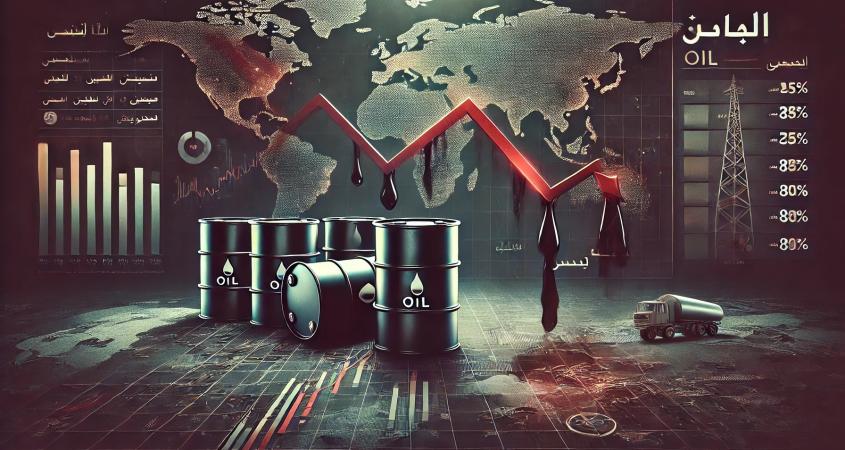Oil Prices Rise for Second Day Amid Falling U.S. Inventories

Oil prices have risen significantly for the second consecutive day, with Brent crude surpassing the $85 per barrel mark and West Texas Intermediate (WTI) approaching $82 per barrel. This rise comes amid a decline in U.S. inventories, raising concerns among investors about future supply availability.
Decline in U.S. Inventories
Recent data from the U.S. Energy Information Administration showed a larger-than-expected drop in commercial crude oil inventories. The inventories fell by 6.8 million barrels last week, exceeding analysts' expectations of a 4.5 million barrel decline. This decrease is attributed to increased domestic demand and a reduction in oil production.
Market Reaction
Investors reacted positively to this data, leading to a rise in prices in global markets. This increase reflects ongoing concerns about supply and demand, especially amid geopolitical tensions and the impact of climate change on production.
Brent Crude and West Texas Intermediate
Brent crude recorded a 2.3% increase, reaching $85.25 per barrel, its highest level in several months. Meanwhile, West Texas Intermediate rose by 2.1% to $81.90 per barrel, nearing its highest levels this year.
Future Outlook
Analysts expect oil prices to remain high in the near future, particularly if inventories continue to decline and demand levels remain strong. Additionally, economic policies in major countries and the strategies of OPEC+ will play a crucial role in determining the price trajectory in the coming months.
Impact on Global Markets
The rise in oil prices is likely to have widespread effects on the global economy, including increased production and transportation costs and higher prices for goods and services. These increases could lead to additional inflationary pressures in many countries.
In conclusion, oil prices remain under the scrutiny of global markets and investors, who are closely monitoring developments in inventories and production as well as global policies affecting supply and demand.







